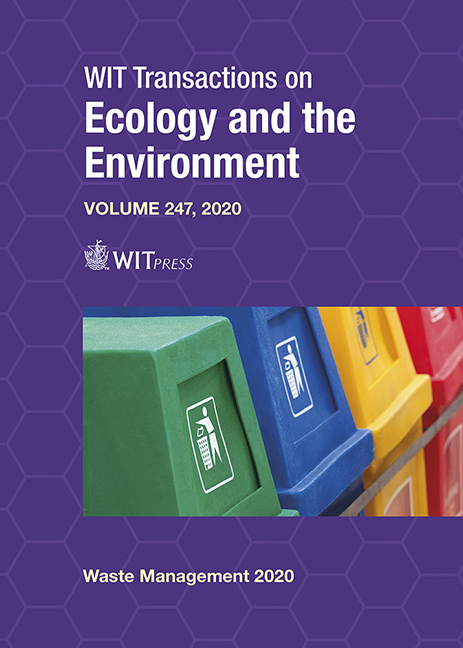DEVELOPMENT OF AN ANALYTICAL REACTION KINETICS MATHEMATICAL MODEL BASED ON THERMOGRAVIMETRIC DATA FOR RECLAIMED PLASTIC WASTE FROM ACTIVE LANDFILLS
Author(s)
SULTAN MAJED AL-SALEM, HAJAR JAWAD KARAM, MAJED HAMEED AL-WADI, GARY ANTHONY LEEKE
Abstract
Landfill mining (i.e. waste reclamation) has been receiving renewed attention in research circles. This strategy provides a solution to the overgrowing problem of land use for the classical solution of landfilling. In addition, it provides added value for the materials recovered with a potential of boosting local economies, especially considering circular economy market development. In this work, the degradation kinetics were investigated for solid waste retrieved from three active landfill sites. The landfill sites operate unsanitary processing schemes for the management of the municipal solid waste they receive. Thermogravimetric analysis was used to study the micro-kinetics using standardized ICTAC methods, which yielded an apparent activation energy (Ea) for one of the sites in the range of 100 to 121 kJ mol-1 using the Criado method. Another site showed a range between 87 to 107 kJ mol-1 using the same method. The Avrami-Erofeev expression for degradation mechanism was identified as the prevailing one based on the analysis conducted. Furthermore, an analytical solution model based on reaction order and degradation curves’ initial and final set-points was developed to yield the desired parameters in a more realistic manner. We conclude that the type of waste, period of burial and sensitivity of kinetic models used are the most prevailing parameters in determining reaction mechanisms and kinetics expressions, which effect the development of industrial units that use thermal kinetics data for their design of treating various waste components.
Keywords
landfilling, thermogravimetry, landfill mining, kinetics, thermolysis






